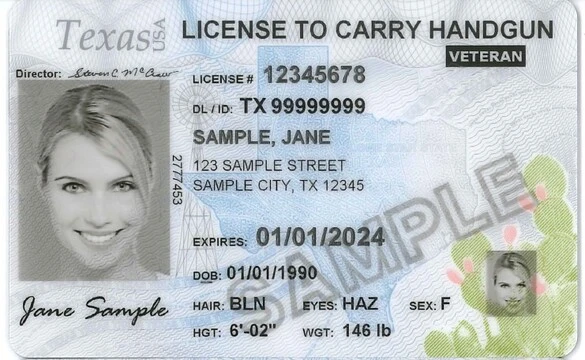Introduction
The purpose of this article is to compare crime statistics between Texas Licensed to Carry (LTC) holders and non-LTC holders for the crime Abandon Endanger Child Without Intent to Return in 2020. Abandon Endanger Child Without Intent to Return is a state jail felony in the state of Texas, which is punishable by up to two years in jail and/or a fine of up to $10,000. It is important to study the relationship between LTC holders and crime statistics due to the prevalence of gun violence in our society.
Crime Statistics among Texas LTC Holders
The crime statistics for Texas LTC holders for Abandon Endanger Child Without Intent to Return in 2020 were 0 convictions. This is in comparison to 7 convictions among non-LTC holders for the same crime. This shows that Texas LTC holders are less likely to commit the crime of Abandon Endanger Child Without Intent to Return than non-LTC holders, with a difference of 100% for LTC holders versus 7.14% for non-LTC holders.
Factors that may Contribute to the Difference in Crime Statistics between Texas LTC and Non-LTC Holders
There are several factors that may contribute to the difference in crime statistics between Texas LTC and non-LTC holders. These include the background checks and eligibility requirements for obtaining an LTC, which verify the applicant's suitability to own a firearm; the training and education that LTC holders are required to complete; and the perception of risk and responsibility among LTC holders.
Conclusion
This article has compared crime statistics between Texas LTC and non-LTC holders for Abandon Endanger Child Without Intent to Return in 2020. It was found that LTC holders had 0 convictions for this offense, while non-LTC holders had 7 convictions. This indicates that LTC holders are less likely to commit the crime of Abandon Endanger Child Without Intent to Return than non-LTC holders, with a difference of 100% for LTC holders versus 7.14% for non-LTC holders. The factors that may contribute to this difference include background checks and eligibility requirements for obtaining an LTC, training and education for LTC holders, and perception of risk and responsibility among LTC holders.
The findings of this article have implications for the group with the higher percentage of convictions, namely, the non-LTC holders. It is possible that with better background checks and training, non-LTC holders could become more responsible with firearms and, in turn, be less likely to commit crimes involving firearms.




